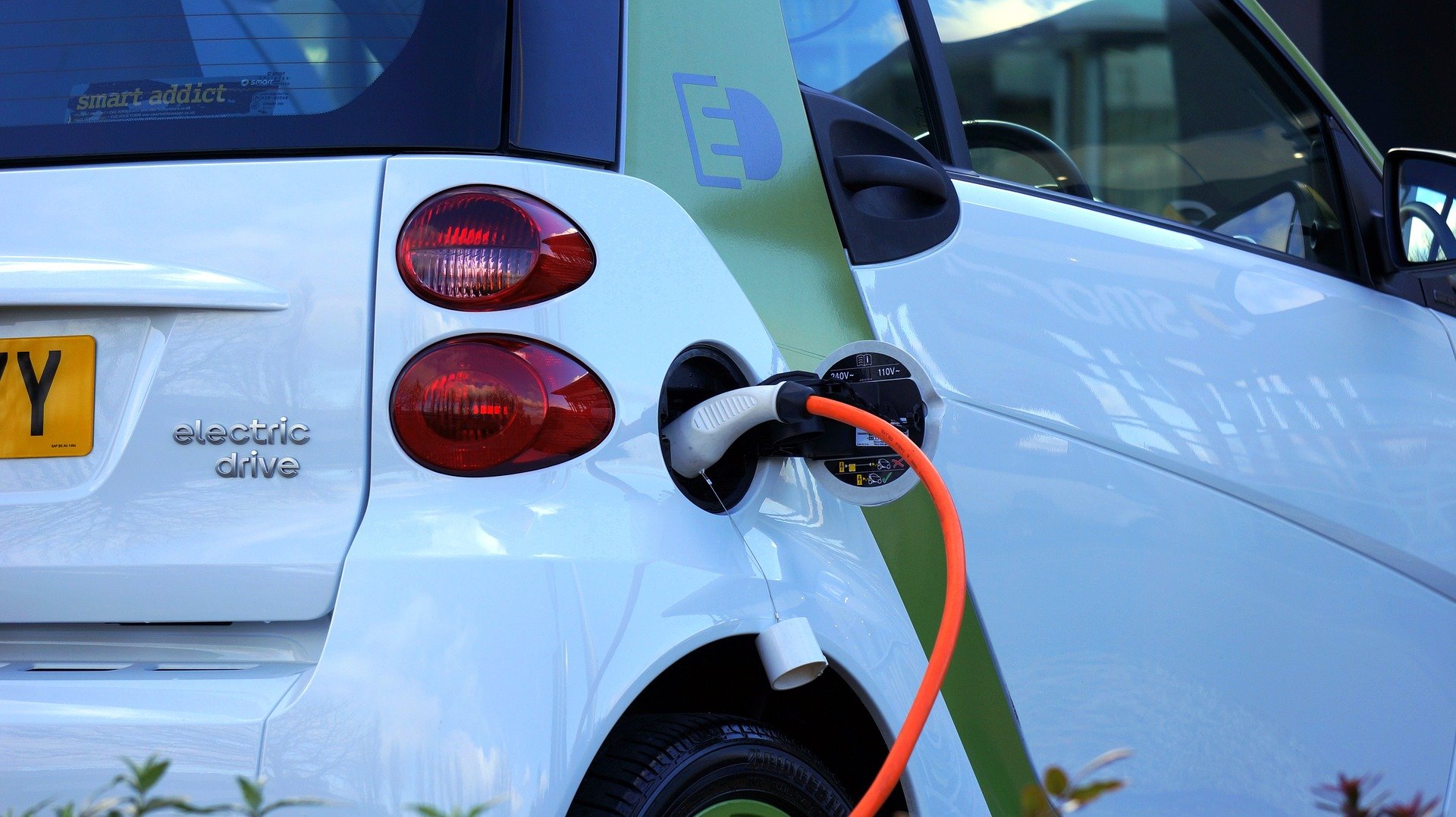Of the many trends that seem to be poised to drive transportation in the near future, I was recently intrigued by one: battery swaps for electric vehicles (EVs).
According to a recent Washington Post article, battery swaps for electric vehicles is not a new idea. “The concept was introduced 110 years ago by the Hartford Electric Light Company (a subsidiary of General Electric) to address a stubborn challenge of electric cars: long charge times. By separating an EV battery from the vehicle, the operator could slowly charge the battery, then quickly swap it in for a depleted battery — dramatically accelerating the process of EV refueling. But by the 1910s, the internal combustion engine rendered swapping obsolete. And for a century, the electric car was largely ignored.”
The other option to battery swaps is recharging a single battery, either with the more-expensive fast charge or an overnight slow charge. The latter is preferable, as it can use lower-cost electricity during periods of low usage. However, for those who cannot wait, fast charge is the option. On a recent webinar by the National Center for Applied Transit Technology, this distinction as it applies to buses was explained: “Long range battery electric buses have bigger battery packs [as] they’re going to go farther on a single charge. They’re typically going to charge at the depot overnight with lower power charges. Compare that to fast charge battery electric buses and those tend to be a little bit more expensive in the long-range option. Then they’re going to have smaller battery packs, and they rely on your periodic shorter interval on route charging with higher power chargers.” Either way, once an agency or community reaches a certain threshold of electric vehicle, it will need to implement electrical infrastructure upgrades. Installation costs for charging infrastructure range from $50,000 to over $300,000.
Ideal customers for battery swapping would be fleets that typically run through more than one charged battery a day. Residential users who can get by on a single charge for their daily use are probably just fine using an overnight charging system. But for transit and delivery fleets, as well as agencies in rural areas that put up many miles a day, battery swaps make sense. There is also a climate advantage, as noted in the Post article: “Because battery swapping stations are, in essence, large energy storage devices, they can capture and store intermittent solar and wind energy. In contrast, a fast charger without battery backup will rely on the grid to dispatch electricity on demand, and roughly 60 percent of that energy still comes from natural gas and coal.
Companies have already created robots that can swap out batteries in a matter of minutes. In 2013, Tesla Motors unveiled a system that will let drivers swap out the battery in a Model S in about 90 seconds, which is less time than it takes to fill up a traditional car at the pump. Chinese automakers have also publicly announced plans for swap stations capable of recharging well over 10 million cars per week. In America, stations built by Ample are being used by Uber drivers in the San Francisco Bay area. Different approaches to battery swap technology are also being developed in Europe. Volkswagen is working on a EV charging solution that doesn’t depend on dedicated parking spaces. Rather, it uses autonomous robots and portable batteries that bring the charging equipment to the vehicle.
As noted above, investing in battery swap technology makes sense when the intended users are fleet based. This could include communities committed to using EVs for school buses, city cars, as well as transit. As we move toward more climate-friendly transportation, battery swap technology may be something to think about.


